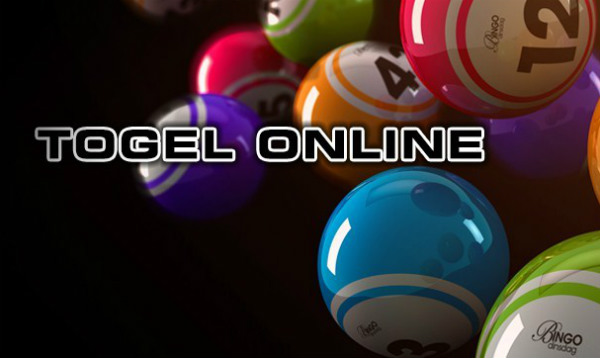The evolution of the lottery from traditional methods to digital platforms marks a significant shift in how this popular form of gambling is accessed and experienced by participants. These early lotteries were community-centric, involving physical tickets and public drawings. As the centuries progressed, lotteries became more formalized and state-run. In the 17th century, lotteries were used in colonial America to fund the establishment of settlements and institutions, including universities like Harvard and Yale. The traditional lottery format involved purchasing a paper ticket from a vendor, which would then be entered into a draw. This draw would take place at a specific time and location, often in a public setting to ensure transparency and fairness. The 20th century brought about technological advancements that began to change the landscape of lotteries. With the advent of computers and the internet, the potential for a more streamlined and accessible lottery experience emerged. The first significant step towards digital lotteries came with the introduction of computerized lottery terminals in the 1980s, which automated ticket sales and draw processes. This not only improved efficiency but also increased the accuracy and security of lotteries.

The real transformation, however, began with the widespread adoption of the internet in the late 1990s and early 2000s. Lottery operators saw the potential to reach a broader audience by moving their services online. Digital platforms allowed participants to purchase tickets from the comfort of their homes, anytime and anywhere, breaking the geographical barriers that limited traditional lotteries. The convenience of online lotteries attracted a new generation of players, contributing to the growth of the industry. Online lottery lottovip platforms also introduced new features and innovations. For example, players could now subscribe to multiple draws, purchase tickets for international lotteries, and even participate in syndicates with people from different parts of the world. These platforms often provided additional functionalities, such as automated number selection, result notifications, and secure payment methods, enhancing the overall user experience.
Moreover, the advent of mobile technology further revolutionized the lottery industry. With smartphones becoming ubiquitous, lottery apps emerged, offering an even more accessible and engaging way for players to participate. These apps provided real-time updates, push notifications for draw results, and instant win games, creating a more interactive and dynamic environment. The shift to digital platforms has also allowed lottery operators to implement robust security measures to protect against fraud and ensure the integrity of the games. Advanced encryption technologies and secure payment gateways have made online lotteries as safe, if not safer, than their traditional counterparts. In conclusion, the evolution of the lottery from traditional paper-based methods to sophisticated digital platforms has significantly transformed the industry. It has expanded the reach and accessibility of lotteries, introduced innovative features, and enhanced the security and convenience for players. As technology continues to advance, the lottery industry is likely to keep evolving, offering even more exciting and engaging ways for people to try their luck and dream big.